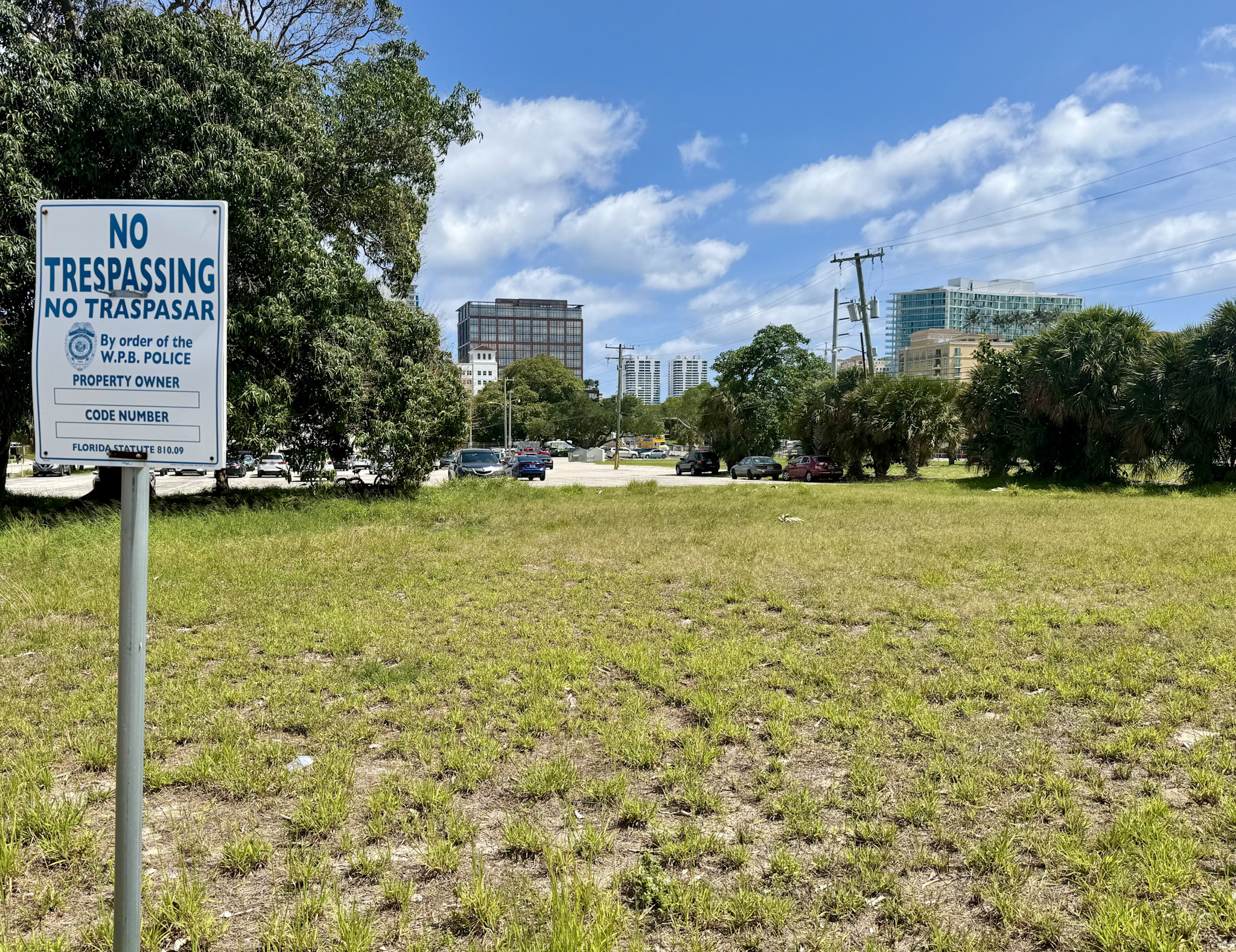Report on the Neighborhood-Scale Incentives Design Guide and Sustainable Urban Development
Introduction and Strategic Purpose
The Neighborhood-Scale Incentives Design Guide is a strategic resource developed to inform and enable developers, builders, and property owners in the production of high-quality housing. The guide’s primary function is to ensure new developments contribute positively to the urban fabric of Boise’s neighborhoods, fostering sustainable and inclusive growth.
Alignment with Sustainable Development Goals (SDGs)
The initiative’s objectives are in direct support of the United Nations Sustainable Development Goals (SDGs), promoting a comprehensive approach to urban planning that balances social, economic, and environmental priorities.
- SDG 11: Sustainable Cities and Communities: The guide is fundamentally aligned with Target 11.1, which aims to ensure access for all to adequate, safe, and affordable housing. By promoting well-designed, small-scale housing such as triplexes, fourplexes, and cottage villages, it directly contributes to creating inclusive, resilient, and sustainable urban communities. The focus on “people-scaled and people-friendly” design supports Target 11.3 by enhancing inclusive and sustainable urbanization.
- SDG 10: Reduced Inequalities: By encouraging a diverse portfolio of housing options, the initiative addresses housing affordability and availability. This works to reduce inequalities in access to shelter and the economic and social opportunities associated with stable housing.
- SDG 3: Good Health and Well-being: The emphasis on well-designed neighborhoods that enhance livability for residents supports the promotion of mental and physical well-being, a core component of SDG 3.
Core Objectives and Informational Content
The guide is structured to provide clear, actionable information on leveraging municipal zoning incentives for sustainable development. Its primary objectives are as follows:
- To provide a comprehensive overview of Boise’s residential zones and the specific development incentives available within each.
- To demonstrate how these incentives can be strategically utilized to create neighborhoods that are inclusive, sustainable, and aligned with long-term community goals.
- To clarify general zoning regulations and building requirements for various neighborhood-scale housing typologies.
- To offer expert guidance on the complexities of site planning to maximize livability and enhance the quality of life for all residents.
Projected Outcomes for Sustainable Growth
The implementation of the guide is critical for managing urban growth in a sustainable manner. The development of small-scale, neighborhood-integrated homes is positioned as more than a structural necessity; it is a foundational strategy for maintaining human-scaled, accessible, and people-friendly neighborhoods. This approach ensures that the city can accommodate a growing population while upholding its commitment to being an inclusive and sustainable home for everyone, directly reflecting the ambitions of SDG 11.
1. Which SDGs are addressed or connected to the issues highlighted in the article?
-
SDG 11: Sustainable Cities and Communities
The article directly addresses this goal by focusing on creating “high-quality housing,” “inclusive and sustainable” neighborhoods, and enhancing “livability” within the city of Boise. The entire purpose of the “Neighborhood-Scale Incentives Design Guide” is to manage urban growth and housing development sustainably.
2. What specific targets under those SDGs can be identified based on the article’s content?
SDG 11: Sustainable Cities and Communities
- Target 11.1: By 2030, ensure access for all to adequate, safe and affordable housing and basic services and upgrade slums.
Explanation: The article’s emphasis on producing “high-quality housing” and ensuring “everyone can call Boise home” through diverse housing options like “triplexes, cottage villages, fourplexes, and small apartments” directly aligns with providing adequate and accessible housing for all. - Target 11.3: By 2030, enhance inclusive and sustainable urbanization and capacity for participatory, integrated and sustainable human settlement planning and management in all countries.
Explanation: The “Neighborhood-Scale Incentives Design Guide” is a clear example of a tool for “sustainable human settlement planning.” It aims to guide developers and property owners to create “inclusive and sustainable” neighborhoods and navigate “site planning to enhance livability,” which is the core of this target.
3. Are there any indicators mentioned or implied in the article that can be used to measure progress towards the identified targets?
Implied Indicators for SDG 11
- For Target 11.1: The article implies that progress can be measured by the number and type of new housing units constructed using the incentives. Specifically, tracking the increase in “triplexes, cottage villages, fourplexes, and small apartments” would serve as a direct indicator of the guide’s success in diversifying the housing stock.
- For Target 11.3: The existence and adoption of the “Neighborhood-Scale Incentives Design Guide” itself is an indicator of a city’s capacity for sustainable planning. Furthermore, progress could be measured by the number of development projects that utilize the incentives offered in the guide, showing the uptake of sustainable planning practices by “developers, builders, and property owners.”
4. Create a table with three columns titled ‘SDGs, Targets and Indicators’ to present the findings from analyzing the article. In this table, list the Sustainable Development Goals (SDGs), their corresponding targets, and the specific indicators identified in the article.
| SDGs | Targets | Indicators |
|---|---|---|
| SDG 11: Sustainable Cities and Communities | 11.1 Ensure access for all to adequate, safe and affordable housing and basic services. | Number and type of new housing units constructed (e.g., triplexes, cottage villages, fourplexes). |
| SDG 11: Sustainable Cities and Communities | 11.3 Enhance inclusive and sustainable urbanization and capacity for participatory, integrated and sustainable human settlement planning and management. | Number of development projects utilizing the incentives from the design guide. |
Source: cityofboise.org







